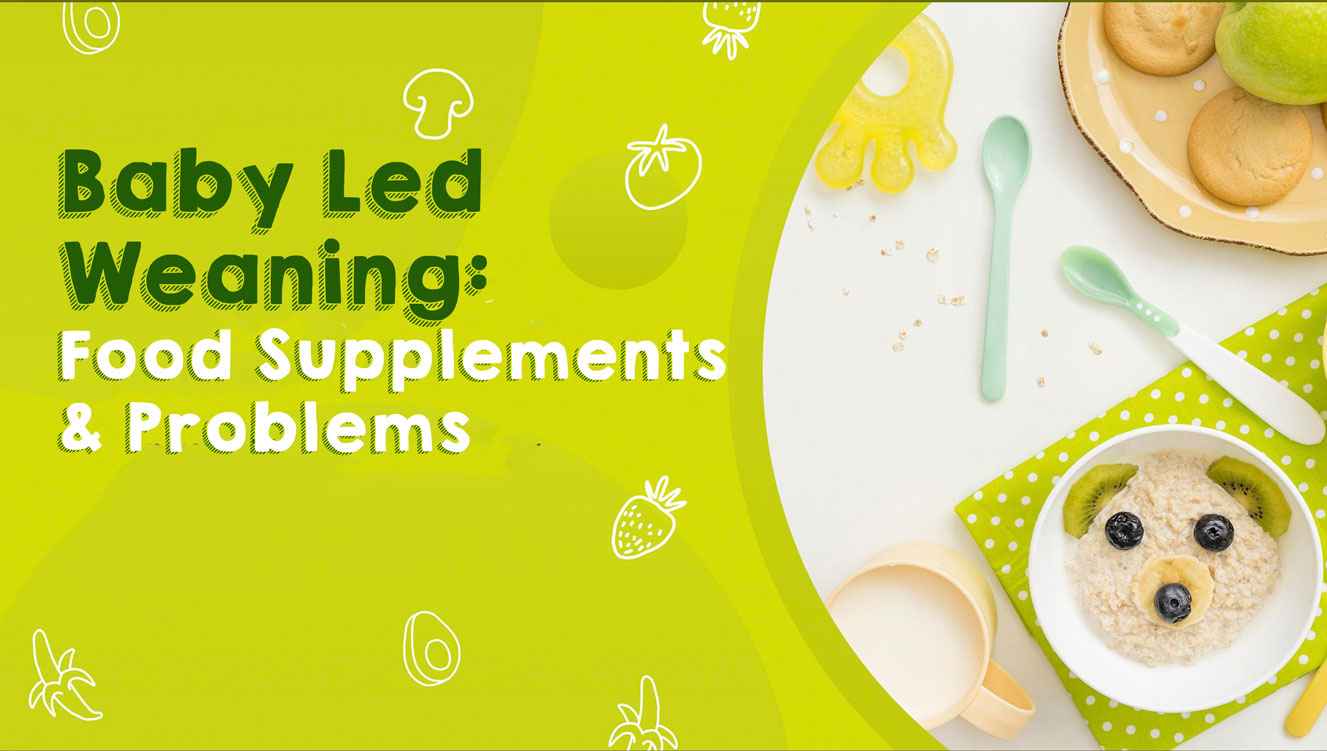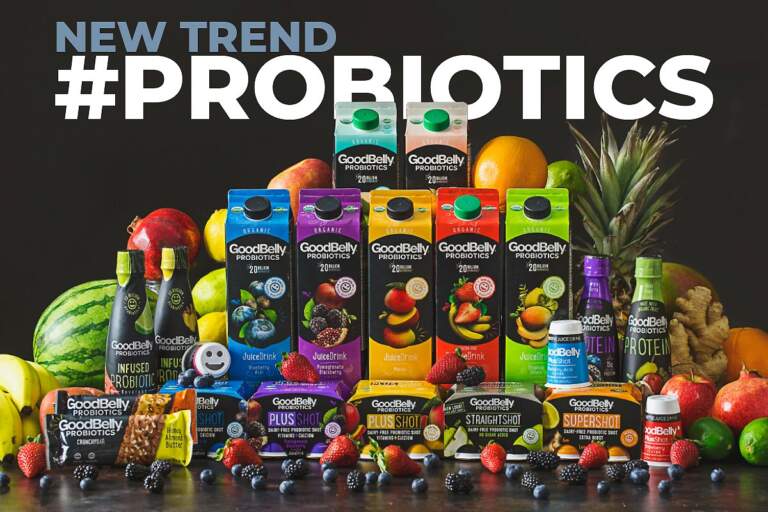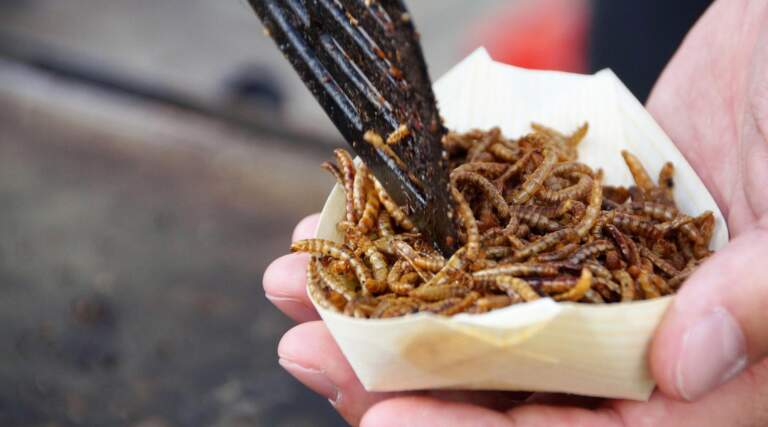The term “weaning” comes from the word “wemian” which means to accustom. The Baby-Led Weaning begins from the moment supplementary food is started and continues till the child is taken off the breast completely. Solid food added to an infant’s diet is called beikost. There is an increased activity of enzymes at the time of weaning.
Baby-Led Weaning is defined as the systematic process of introduction of suitable food at the right time in addition to mothers milk in order to provide needed nutrients to the baby (UNICEF, 1984).
The ideal time to start introducing semisolid food is when a baby is ready to sit up, swallow and eat and taste other foods, the baby’s stomach is ready to digest food and the baby has a good appetite and accepts food readily.
Requirement for Baby-Led Weaning
Infants in our country thrive on breast milk alone for up to six months of life and their growth rate during this period is satisfactory. After 6 months, the increasing needs of calories and protein of growing children cannot be met by the output of mother’s milk. Milk is also a poor source of vitamin C and supplementation of fruit juice is essential.
Iron scores in the liver of the infant would last only up to 4-6 months. Hence iron-rich foods should be given at least from 6 months onwards.
Milk is also deficient in vitamin D. If the baby is to maintain the expected rate of growth and remain healthy and well-nourished, supplementary feeding has to be restored from 6 months of life.
The supply of breast milk decreases because the baby suckles less frequently, less vigorously, and less effective at the breast. The baby will be at the risk of recurrent infection, which results in malnutrition and respiratory infections.
Indian babies are given weaning foods very late or given an adult form of diet. The age of introduction of complementary food is 3-5 months in urban and middle-income group, in urban poor, it is delayed by 7-9 months and rural poor by 9-11 months.
Bulky adult diets given to infants does not meet the nutritional demand, especially calories. The nutrient density of weaning foods of western diets is 1.0 Kcal/g of food whereas in Asia, it is 0.25 Kcal/g-0.4 Kcal/g. Hence calorie-dense foods like malted foods should be given to infants. Weaning food should provide at least 10% of the energy as protein.

Types of Baby-Led Weaning supplementary foods
Liquid supplements
Milk: At the 6 months of life the frequency of breastfeeding is reduced to 3-4 times per day and animal milk is substituted. The proportion of nutrients of animal milk differ from human milk. The cow’s milk is diluted with boiled and cooled water in 2:1 proportion for the first feeds. The amount of water is gradually reduced so that the baby receive undiluted animal milk. Two feeds with 225ml of milk per feed is an ideal replacement. Sugar can be added for taste and to increase calories.
Juice of fresh fruits: Oranges, tomatoes, sweet lime, grapes serves to supplement the protective nutrients which are insufficient amount in breast milk as well as in animal milk. It is advantageous to start feeding small quantities of fresh fruit juice even in the third or fourth month of life.
In the early stages, the fruit juice is diluted with an equal amount of boiled and cooled water and only a couple of teaspoonfuls are fed. The amount of juice fed is increased and dilution is cut down.
Soup from green leafy vegetables: Strained soups can be given in the beginning with unstrained soups later on.
Fish liver oil: it is a good source of vitamin A and D. Infants should be given a few drops to 1/2 tsp per day mixed in small quantities of milk.
Solid supplements mashed well before feeding

Mashed food is started around seventh or eight month of life.
Cereal and starchy gruels: To meet the increasing demand for calories and proteins, well-cooked mashed cereals like rice, rice flour, ragi flour, rice flakes mixed with milk and sugar can be given. The addition of a small amount of vegetable oil to porridge makes it less glutinous and increases the energy density. Calorie dense foods can be prepared by using malted wheat or ragi.
Vegetables: cooked, mashed vegetables like potato, green leafy vegetables, and carrots can be introduced to get vitamins, minerals, and colors in the diet.
Fruits: All fruits, with the exception of banana which is mashed, must be stewed and sieved. For a year-old baby, it is given stewed with the addition of little sugar and lime juice for flavor.
Non-vegetarian foods: A small amount of hard-boiled egg yolk is given to infants, as it is a good source of vitamin A, iron, and protein. The whole egg may be poached or soft boiled and fed to the infant at the age of one. Minced and cooked meat or boiled fish may be fed with salt 3-4 times a week.
Pulses: Well-cooked pulses along with cereals in form of khichadi or porridge can be fed. pulses and meat can be given alternative days.
Solid supplements unmashed: When the baby starts cutting teeth, it’s time to start lumpy foods. Cooked cereals, pulses, and vegetables can be given to the child. Solid foods like idlis, bread, chapati, rice, and dhal can be given after the child get used to semi-solid foods.
Vegetables, leafy vegetables can be chopped into small pieces or boiled after a year. Slice of fruits or carrots with all skin and seeds removed gives good exercise to gums.
Problems in Baby-Led Weaning
Obesity: Many infants are overfed by parents who mistake acceptance of food for appetite. Too early, too much quantity or too concentrated food can lead to overweight. Commercially available processed food when overfed may lead to obesity.
Underweight: Too little quantity, too little concentration can lead to underweight. Frequent illness and repeated diarrhea can also result in underweight of the child. Malnutrition in early childhood results in impaired cognitive and social development, poor school performance, and reduced productivity in later life.
Food Allergy: Food sensitive enteropathies occur during the first six months of life and mostly limited to early childhood. The foods most frequently impaired in allergies are wheat, milk, eggs, and citrus juices. Improperly prepared orange juice may contain excess peel oil or seed protein can cause reactions in susceptible children.
In most cases, food protein allergy is transitory. Tolerance is achieved 50% by the end of the first year and 80% after three years.
Choking: Choking and aspiration can be caused as the child is trying to eat, run and breath at the same time. Choking can be caused by peanuts, seeds, small hard sweets, crisps, and raisins. Hard and big pieces of fruits like apples, vegetables, or popcorn should be avoided under 3 years of age. Children need to be supervised while eating.
Sources:
- Ravindranath Indra, 2003, Mother’s milk ideal nutrition for babies, Nutrition,37.
Buy this book:




Leave a Comment